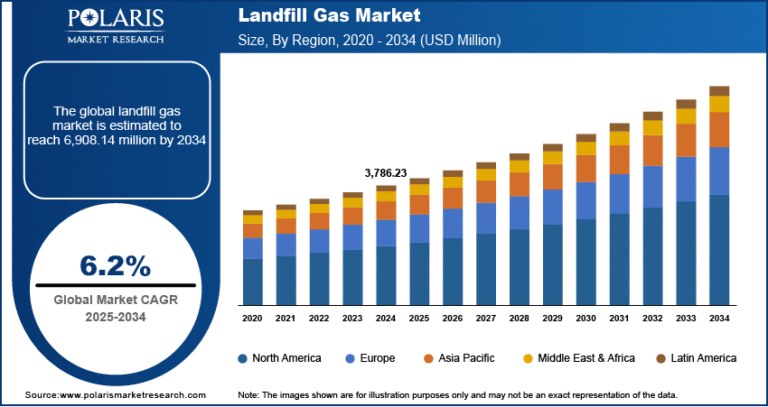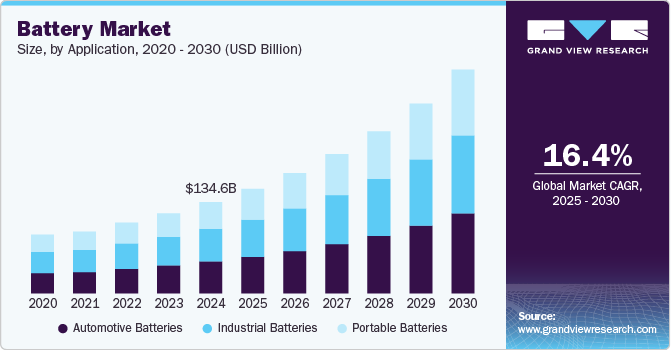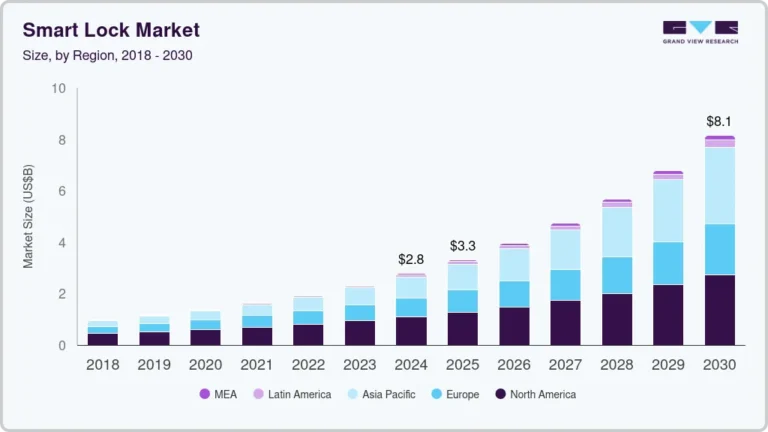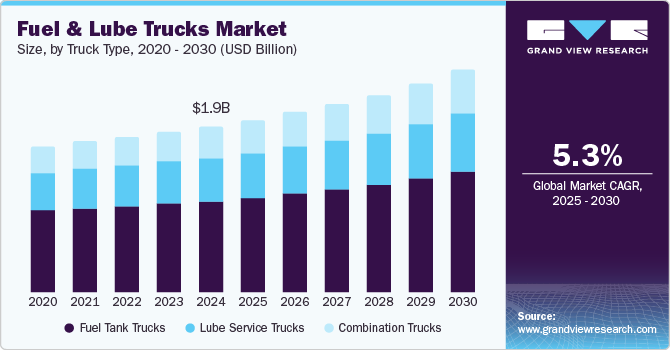Solar Tracker Market Projected to Reach USD 35.64 Billion By 2034, Growing at a CAGR of 14.5%
The global Solar Tracker market size was valued at USD 9.27 billion in 2024 and is expected to grow from USD 10.58 billion in 2025 to USD 35.64 billion by 2034 , exhibiting a Compound Annual Growth Rate (CAGR) of 14.5% during the forecast period from 2025 to 2034 .
- Rising Demand for Renewable Energy: With increasing global focus on reducing carbon emissions and transitioning to clean energy sources, solar power capacity installations are surging, driving demand for efficient solar tracking systems.
- Improved Efficiency Through Tracking Technology: Solar trackers enhance photovoltaic (PV) system efficiency by aligning solar panels with the sun’s movement throughout the day, resulting in higher energy output compared to fixed-tilt systems.
- Growth in Utility-Scale Solar Projects: Large-scale solar farms are increasingly adopting solar trackers to maximize energy generation and optimize land usage, especially in regions with high solar irradiance.
- Technological Advancements in Smart Trackers: Innovations such as AI-integrated control systems, IoT-enabled monitoring, and predictive maintenance capabilities are enhancing the performance and reliability of solar tracking solutions.
- Government Support and Incentives: Favorable policies, subsidies, and renewable portfolio standards (RPS) across various countries are encouraging the adoption of solar trackers in both commercial and utility-scale applications.
Market Size & Forecast
- Market Size in 2024 – USD 9.27 billion
- Market Size in 2025 – USD 10.58 billion
- Projected Market Size by 2034 – USD 35.64 billion
- CAGR (2025–2034) – 14.5%
Solar trackers are mechanical devices that orient solar panels or modules toward the sun to maximize energy capture throughout the day. These systems significantly increase the efficiency and energy yield of solar power plants, making them an essential component in large-scale solar installations. Solar trackers are broadly categorized into single-axis and dual-axis systems, each offering varying degrees of precision and performance depending on geographic location and sunlight conditions.






